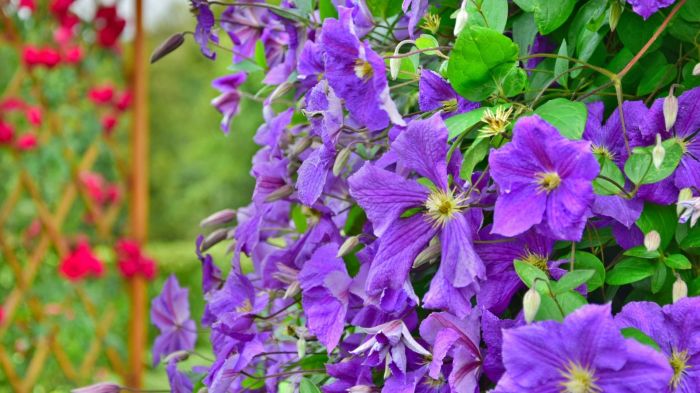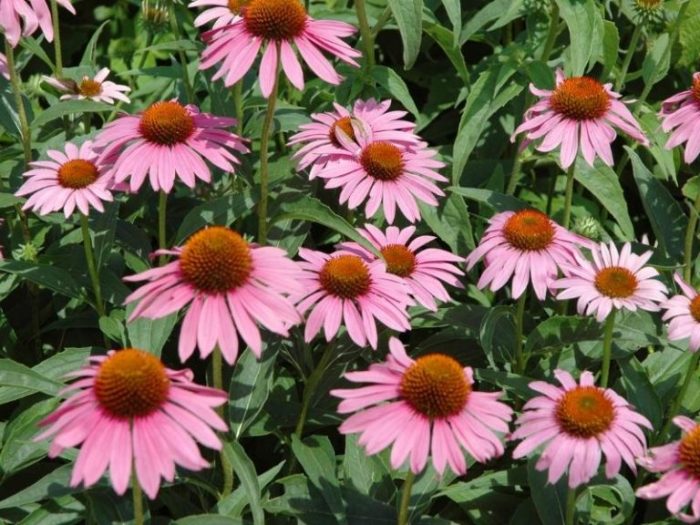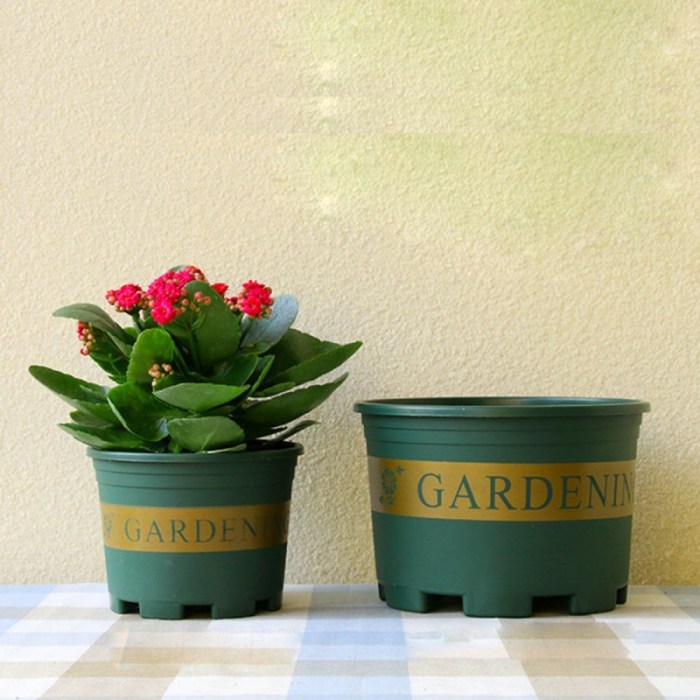Specific Pot Recommendations for Different Snake Plant Varieties
Best pot for snake plant – Choosing the right pot for your snake plant is crucial for its health and longevity. Different varieties have slightly different needs, and understanding these nuances will help you cultivate a thriving plant. Factors like root systems, growth habits, and susceptibility to overwatering all play a role in determining the ideal pot. This section will explore the specific potting requirements for several popular snake plant varieties.
Snake Plant Potting Needs: A Varietal Comparison
The following table summarizes ideal pot choices for three popular snake plant varieties. Remember, these are guidelines; the specific size will depend on the plant’s maturity and overall size.
| Variety | Ideal Pot Material | Ideal Pot Size Range (Diameter) | Specific Drainage Needs |
|---|---|---|---|
| Laurentii | Terracotta | 6-10 inches | Excellent; terracotta’s porous nature helps prevent overwatering. |
| Black Coral | Plastic or glazed ceramic | 6-8 inches | Good; ensure pots have drainage holes to avoid root rot. |
| Cylindrica | Terracotta or plastic with drainage | 8-12 inches (depending on the number of shoots) | Excellent; Cylindrica’s upright growth can make it susceptible to overwatering. |
Reasons Behind Pot Recommendations, Best pot for snake plant
Understanding the rationale behind these recommendations is key to successful snake plant cultivation.
Laurentii:
- Terracotta: Its porous nature allows for better air circulation around the roots, reducing the risk of root rot, a common problem for snake plants. This is particularly beneficial for Laurentii, which can be prone to overwatering if kept in a pot that retains too much moisture.
- Size Range: The 6-10 inch range accommodates the moderate growth of Laurentii. Too small a pot will restrict root growth, while too large a pot can lead to overwatering.
- Drainage: Excellent drainage is paramount. Terracotta provides this naturally, but ensure any pot has drainage holes.
Black Coral:
- Plastic or Glazed Ceramic: These materials retain moisture better than terracotta, which is beneficial for Black Coral, a variety that appreciates slightly more consistently moist soil (though still not soggy!).
- Size Range: Black Coral tends to have a more compact growth habit than Laurentii, so a slightly smaller pot is generally sufficient.
- Drainage: While these materials don’t offer the same breathability as terracotta, good drainage via drainage holes is essential to prevent root rot.
Cylindrica:
- Terracotta or Plastic with Drainage: Both materials work well, providing options based on personal preference and climate. Terracotta offers better aeration, mitigating overwatering risks, while plastic can help maintain moisture slightly longer.
- Size Range: Cylindrica can grow quite tall and wide, especially with multiple shoots. The larger size range accommodates this expansive growth habit.
- Drainage: Excellent drainage is crucial for Cylindrica to prevent the lower leaves from rotting due to consistently wet conditions.
Snake Plant Pot Selection Guide
Choosing the right pot involves considering the plant’s mature size and growth habit. For example, a small, young Laurentii might start in a 6-inch terracotta pot, gradually moving to an 8-inch or 10-inch pot as it matures. A larger, established Cylindrica might require a 12-inch pot or even larger, depending on the number of stems. Always prioritize pots with drainage holes to prevent root rot, regardless of the snake plant variety.
Observe your plant’s growth and adjust the pot size accordingly. Repotting every 1-2 years, or when roots are visibly circling the pot, is generally recommended.
FAQ Compilation: Best Pot For Snake Plant
How often should I repot my snake plant?
Repot your snake plant every 1-2 years, or when roots become root-bound.
What type of soil is best for snake plants?
Use a well-draining potting mix, such as a cactus and succulent blend.
My snake plant’s leaves are yellowing. What should I do?
Yellowing leaves can indicate overwatering. Check for proper drainage and adjust watering frequency.
Can I use a decorative pot without drainage holes?
It’s best to use a pot with drainage holes to prevent root rot. You can place the pot with drainage holes inside a decorative pot without drainage.
Okay, so like, the best pot for a snake plant is def gonna be something with drainage, you know? But if you’re thinking about, like, a *totally* rad, huge snake plant, you might wanna check out these plant pots outdoor large options – they’re fire! Then, just make sure whatever pot you pick for your snake plant has those drainage holes, so it doesn’t get all soggy and die.
No cap.



